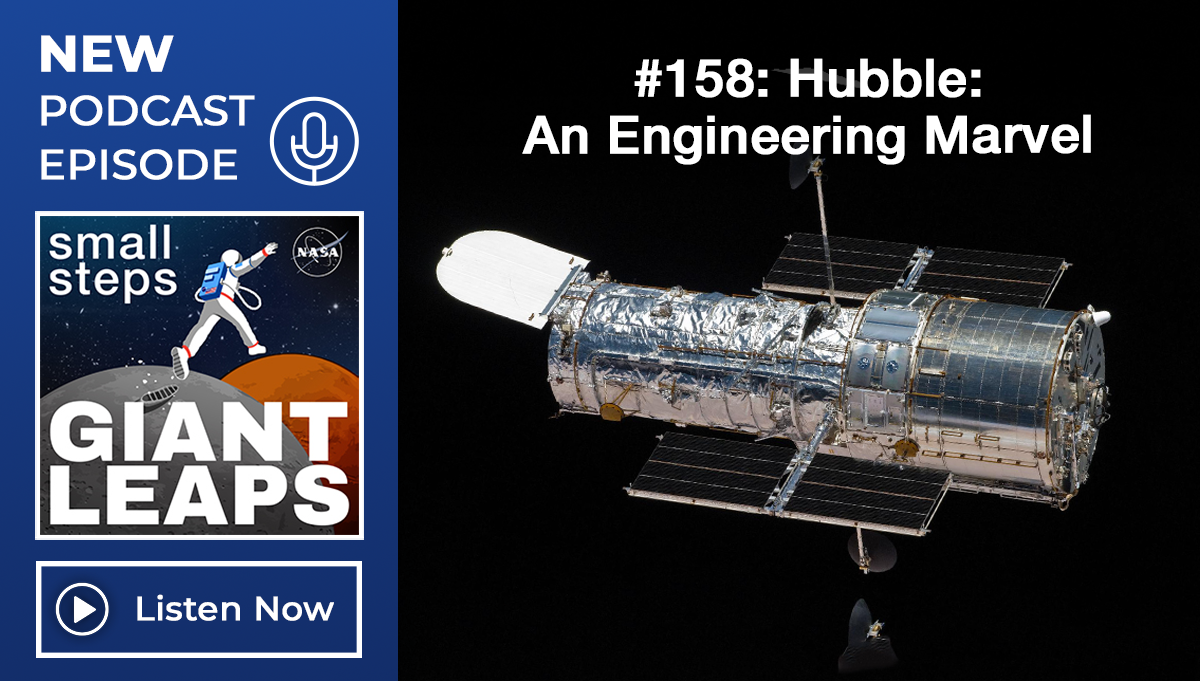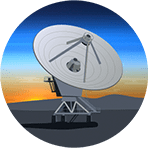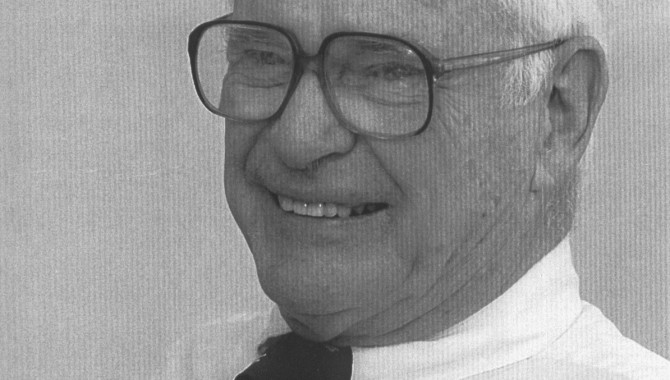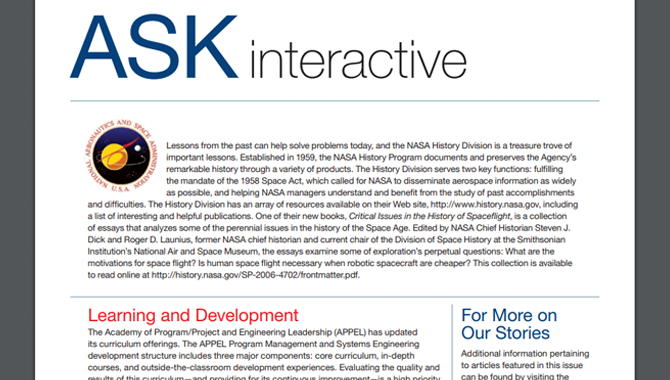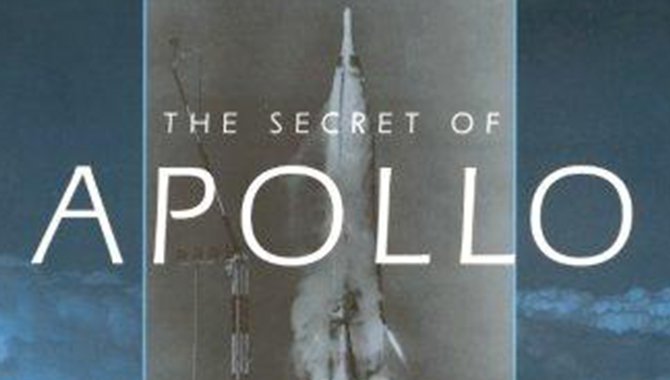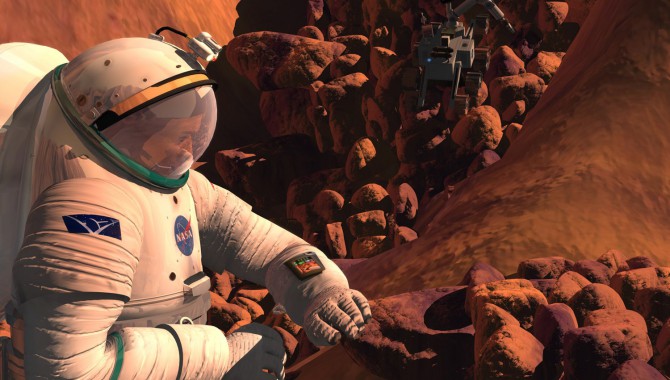
By Paul D. Spudis When NASA’s Lunar Architecture Team began to review ideas submitted by the broader space community about what we should do on the moon, they had to reconcile many disparate thoughts and concepts and weld them into a coherent rationale.




